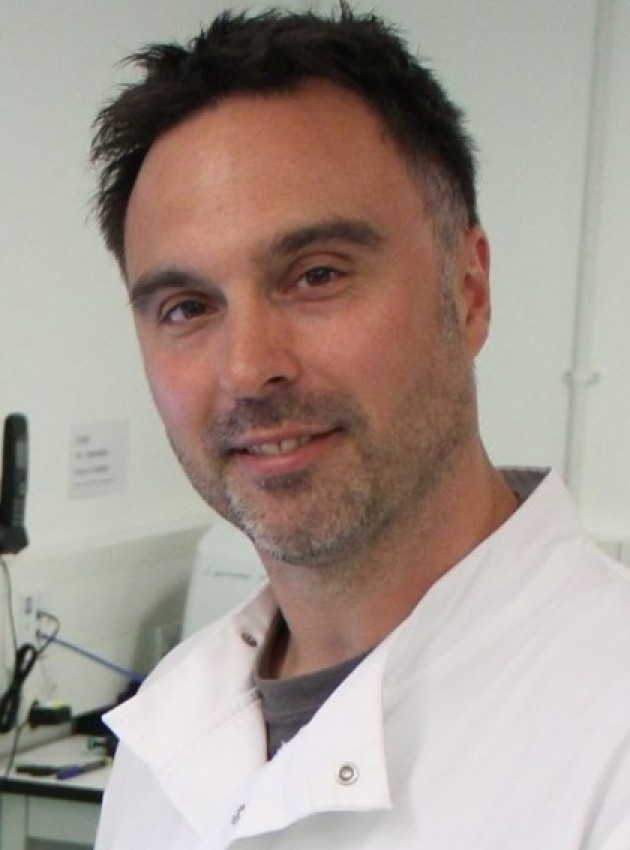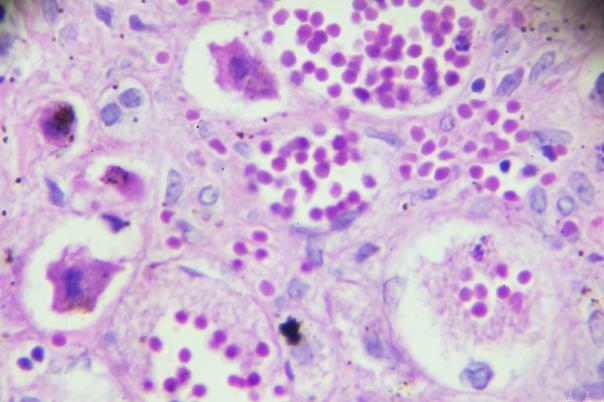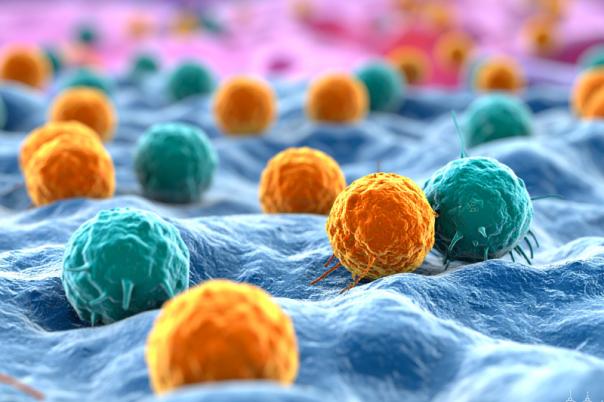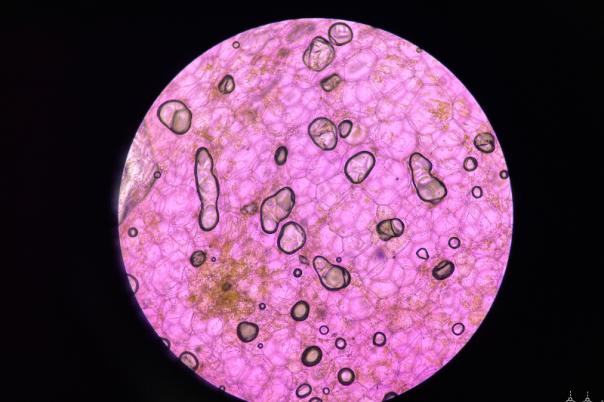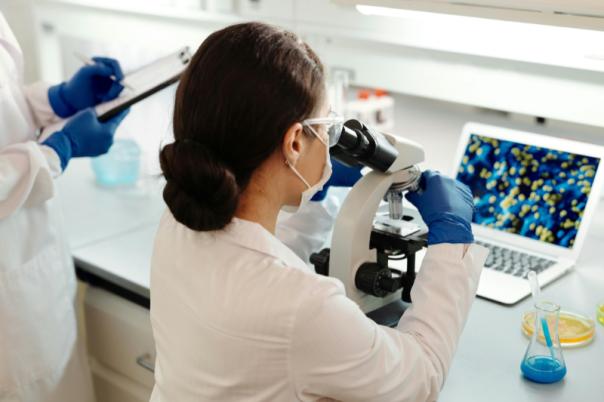Nik Matthews, Head of Imperial BRC Genomics Facility, Imperial College London, posed the following question: Will spatial genomics be the future of genomics? Matthews and his lab are currently using genomic systems in their lab. He emphasised that while single-cell resolution is challenging, he collects data from regions of interest (ROIs) containing 50 to 200 cells. They normalize this data to reduce bias and balance sequencing costs.
From the ROI, one can split this into areas of interest (AOIs) by “masking” antibodies i.e. turning them on and off and using UV to remove probes from the surface of RNA which has been bound. From this, one can focus on different cell types while maintaining a decent resolution.
The lab has acquired new equipment, including two cryostats, two microtomes, and a microscope, funded through a successful grant application. This equipment is expected to enhance their workflows and capabilities. Furthermore, Matthews has implemented tissue arrays to reduce costs, achieving approximately £50-60 per spot for human samples. This approach allows for more efficient and cost-effective analysis.
Additionally, the lab has engaged in collaborative efforts with other clinicians to work on rare cancer types and translate these findings into clinical applications. For instance, they have successfully adhered difficult tissues like skin to slides for analysis by using NanoString’s GeoMx.
Overall, the BRC Genomics Facility is exploring single-cell technologies like CosMx, aiming to optimise lab efforts, achieve higher resolution, and more detailed analysis. They are also working on integrating proteomics into their workflows. Matthews also mentioned that his lab uses 10x Genomics’s Visium technology due to its impressive abilities in single-cell resolution, but also mentioned challenges, specifically its high cost.
To answer the initial question, Matthews concluded his talk by confirming that he believes spatial genomics is the future of genomics. With the evolution of spatial genomics tools, performing sequencing and recapitulating data sets is becoming cheaper and more straightforward. The lab is moving forward in a way that is more clinically relevant, and with further funding, they hope to develop further focus on the translational potential of spatial genomics.
